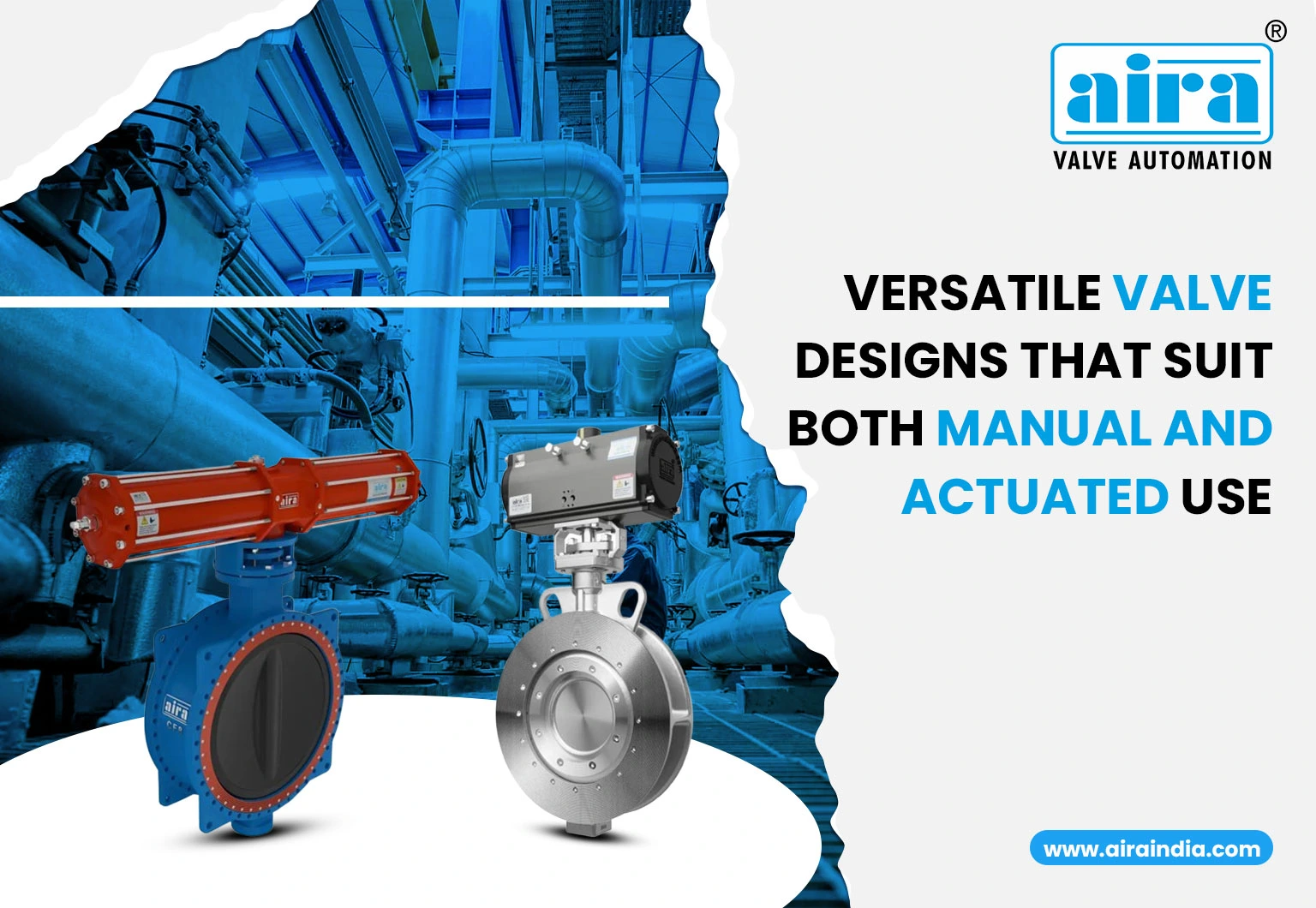Industrial operations are constantly developing, with many areas gradually moving from traditional manual control systems to advanced automation. This change often creates challenges in choosing the right equipment that can serve both current and future needs.
A valve that supports both manual and automatic operation not only reduces installation costs but also ensures uninterrupted productivity during upgrades. Instead of changing the entire valve assembly, businesses can save significantly by investing in a design that has been originally adapted.
Among various types available in the market, the butterfly valve has earned a strong reputation for its flexibility, durability, and efficiency. Whether it is manually operated for simple processes or integrated with automation for accurate control, it offers reliable performance in a wide range of industries.
Butterfly Valve – Designed For Manual or Active Control
Butterfly valves are engineered to provide maximum flexibility, whether manually operated or through automation. Depending on the process requirements, the user can choose from options such as lever handles, gearboxes, pneumatic actuators, or electric actuators.
The simple quarter-turn mechanism ensures a smooth transition between control types without disrupting operations. Unlike other valve designs, a butterfly valve with ISO Mount eliminates the requirement of full valve body replacement, making it a cost-effective option for both manual butterfly valve and electric butterfly valve applications.
Major Design Characteristics That Enable Dual Use
Butterfly valves are made with smart design elements that make them suitable for both manual and automatic applications. Option pipes, such as Lug Type Butterfly Valve and Wafer Butterfly Valve, ensure compatibility with a wide range of pipe setups, offering installation flexibility.
Also read, Valve Options That Simplify Maintenance in Automated Systems
For additional safety in manual operations, lockable lever handles prevent casual activation. Apparent visual indicators display the open or closed position of the valve, making both control modes easy to monitor. With features such as an anti-blowout stem and reliable bubble sealing, these valves provide continuous performance, whether it is manually or through automation.
Ideal Application for Dual-Curved Valves
Dual-curved butterfly valves are highly versatile, suiting them for a wide range of industrial and utility applications. In water supply and treatment plants, they can start with manual control during setups and later upgrade to automated systems for efficiency. They are also widely used in HVAC zoning and fire protection systems, where reliability is important. Automatic and semi-automatic packaging units benefit from their flexibility, while the chemical dose system uses them for an exact manual shut-off with an option for better automation in the future.
Benefits of Choosing a Versatile Valve From The Beginning
Selecting a multi-use valve provides long-term benefits for any feature, like a butterfly valve. This upgrade reduces costs and downtime as the same valve body can be used for both manual and automatic setups. Standardization also streamlines inventory and simplifies maintenance at various plant sites. By investing in a future-proof valve, industries ensure easy sourcing, smooth butterfly valve upgrade, and reliable performance to develop fluid control requirements.
Start Simple, Originally Upgrade
With the versatile butterfly valve of Aira Euro Automation, you will never have to choose between manual or automatic control. Each valve is designed with both options, allowing you to start with a simple lever today and easily upgrade pneumatic or electric actuators tomorrow, with no replacements or downtime.
